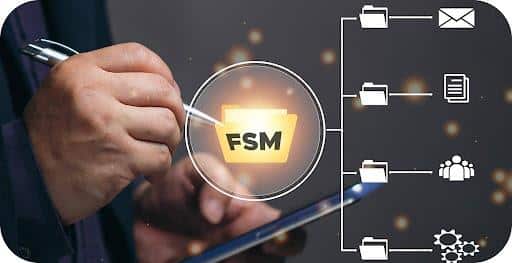For companies running field-based activities, Field Service Management software has grown to be a necessary instrument. It simplifies several tasks including client contact, inventory control, scheduling, and dispatching. However, maximizing FMS tools depends on your staff receiving appropriate training.
Even the best program will not fully benefit your staff if their level of training is poor. Appropriate training should be catered to the particular requirements of your company and the particular purposes the program offers. Training guarantees that your staff members completely know how to apply the program to carry out their tasks.
Understand the Needs of Your Team
The initial step for effective training is recognizing the various roles in your team and identifying their specific requirements. Not every team member will utilize the FSM software in the same manner. For example, field technicians will need training in managing work orders, updating job statuses, and tracking inventory, while managers may require training in scheduling, allocating resources, and reporting performance.
Recognizing these various requirements will assist you in customizing the training process for every group, guaranteeing that each team member receives the information necessary to utilize the software effectively.
Invest in Hands-On Training
A highly effective approach to instructing your team on using FSM software is through practical training. Instead of depending only on theoretical teaching, create chances for your team to engage with the software and carry out activities within it. This hands-on experience will assist them in getting acquainted with the interface, comprehending the software’s features, and growing more confident in its use.
To improve the learning experience, create a training environment that allows employees to use the software without the stress of errors in a real scenario. When training with FSM software, a Comparison of Jobber & HouseCall Pro highlights that both platforms support user-friendly interfaces and training-friendly environments, making it easier for employees to become proficient in managing tasks like scheduling, invoicing, and client communication.
Break Down the Training into Manageable Segments
Attempting to teach your team all at once can feel overwhelming. Instead, divide the training into smaller, easier-to-understand portions. Focus on a single feature or task at a time, making sure that everyone feels comfortable before progressing to the next one. This method will enable your team to develop their skills incrementally and excel in every aspect of the software prior to progressing.
Dividing the training into segments will enable you to track progress and rectify any misunderstandings before the team advances to new subjects. To find out more about optimizing your team’s training process, consider exploring these strategies further.
Provide Comprehensive Support Materials
Though practical training is essential, supplying support materials can aid in strengthening the learning experience. Develop detailed user manuals, quick reference sheets, and instructional videos that staff can consult for support when needed. These materials can act as important resources once the training is finished, providing your team with the necessary tools to independently resolve problems and further enhance their software skills.
Furthermore, consider providing a centralized knowledge repository where team members can access solutions to frequently asked questions or troubleshoot problems. This resource should be readily available and frequently refreshed to maintain its relevance.
Offer Ongoing Training and Support
Continuous training is crucial to guarantee that your team keeps utilizing the FSM software proficiently. The software may be upgraded with additional features or enhancements, and your team will require training on utilizing those updates. Offering continuous training options such as refresher classes, webinars, or online materials can assist in keeping your team informed and involved with the software.
Foster an environment of ongoing education by providing chances for your team to exchange their insights and advice. This might involve routine team meetings or knowledge-sharing gatherings where team members can talk about obstacles, share ideas, and provide suggestions on how to utilize the software more effectively.
